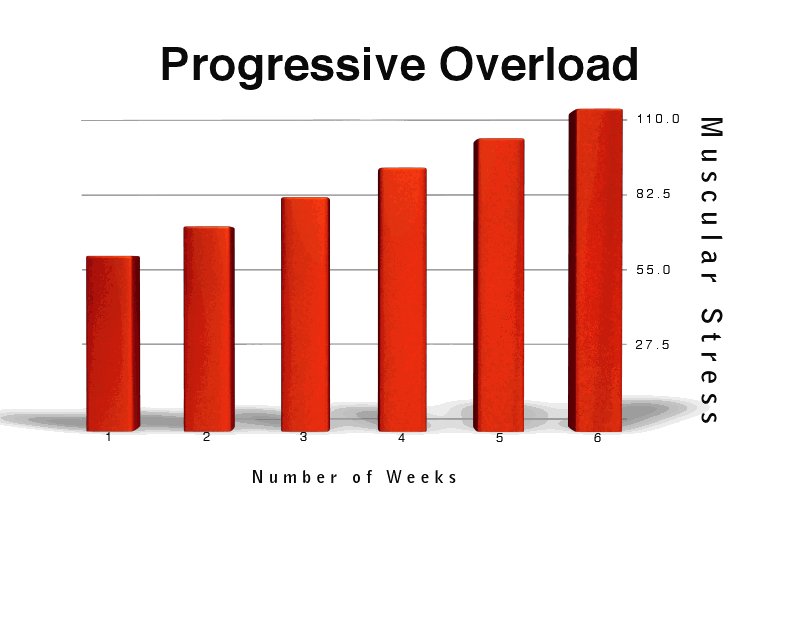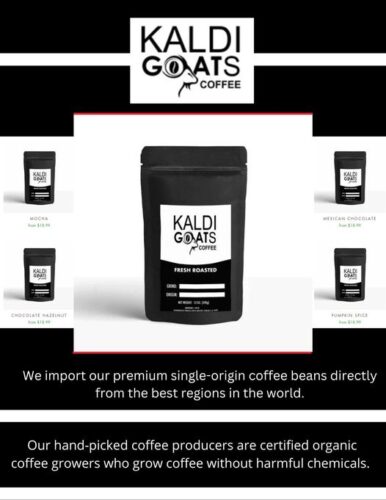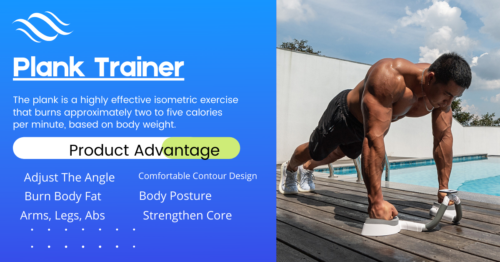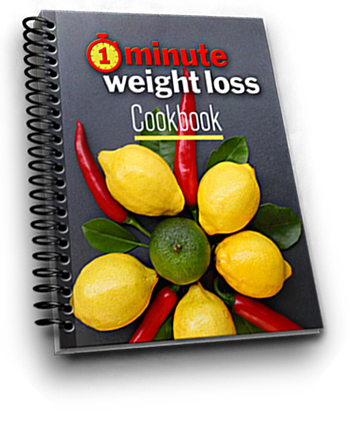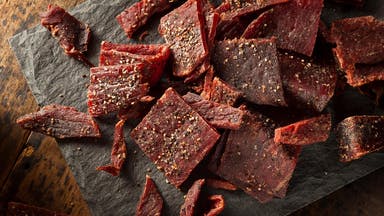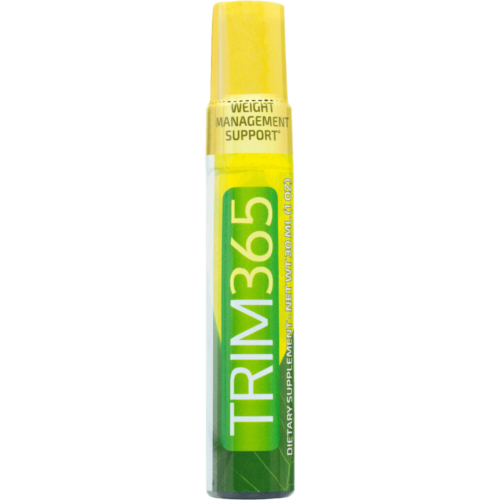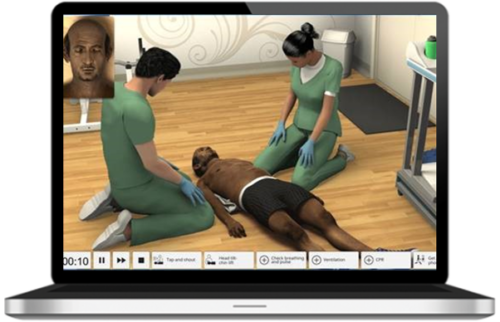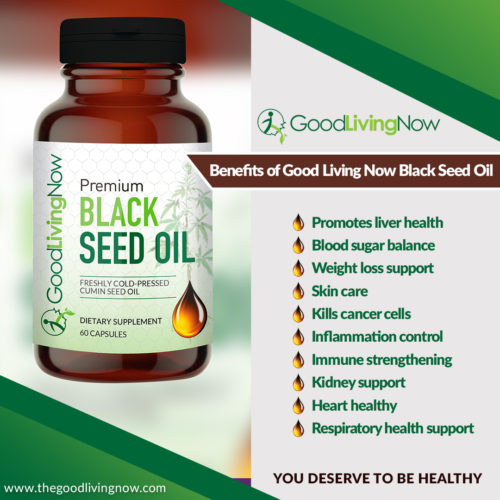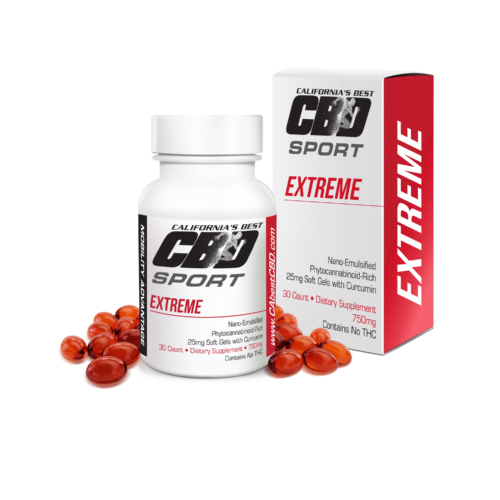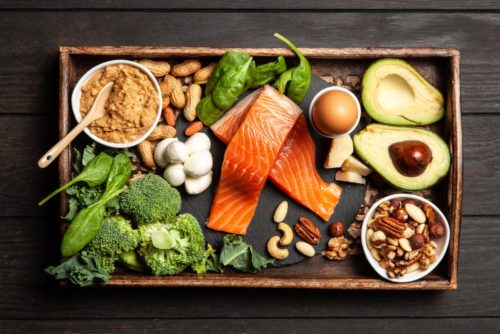
The One Bodybuilding Rule You Need To Follow
The One Bodybuilding Rule You Need To Follow
Some activities provide enough enjoyment and excitement to keep you coming back, time and time again. While everyone enjoys different things, I find this statement true for bodybuilding. There is just no greater thrill than hitting the gym and watching yourself grow stronger and fitter. Bodybuilding is not only fun and great for your health but also it is simple and easy to find gratification from, as the concept of weights provides a fantastic metric for gauging your progress in strength and fitness.
For most people, when it comes to bodybuilding, they focus on their exercises and things like supplements. I mean, don’t get me wrong, both exercise and supplements have their place in a person’s workout and diet routine. For example; I regularly perform core compound exercises and I also find energizing / endurance supplements to be a quite useful addition to my regular routine. But without the core principles behind muscle development, both the exercises and the supplements you take can do very little in progressing your body. With that in mind, let’s talk about Progress Overload and how its principals can further your performance.
What Is Progressive Overload?
Progressive overload is nothing new. In fact, the basic techniques that are now popular have been around since World War II. Thomas Delorme, M.D. is credited with creating the Progressive Overload technique as a form of rehabilitation for soldiers returning from the war. Not only was it good as a strength training program, but it has also been fantastic for a wide range of strength training exercises, including bodybuilding.
So How Does It Help Me Build Muscle?
Excellent question. Progressive Overload attempts through its design to provide the very best in strength training while minimizing injury. It does this by beginning people at a comfortable level of muscle use in exercises. Once that is established, Progressive Overload moves forward by adding an increased intensity to overload the muscles. This increase in intensity and overload of muscles can be achieved by increasing volume, frequency, and time of a workout / exercise. It could be as simple as incrementally adding weight to your lifts, decreasing resting time between sets or by performing one extra rep, each week.
Progressive Overload causes the maximum amount of healthy damage to your muscles, improving the amount of healing, growth, and strength added as a result. You gain a significant amount of strength if you keep this program up for a few months. While it can take a little while to set up and establish a baseline, the results are really going to be worth it.
Be aware that overtraining can occur and is a risk with Progressive Overload. You will notice that you have over trained if the amount you can do continues to decrease every time you head to the gym. If you experience overtraining or are worried that it may be a factor, then you will want to include periodization in your workout schedule. Periodization is when you take the time to carefully set aside recovery in order to halt overtraining in its tracks. But if you’re not willing to plan out a full periodization training program, then simply leave enough room each week to rest or take an extra day when you need to, to fully recover.
